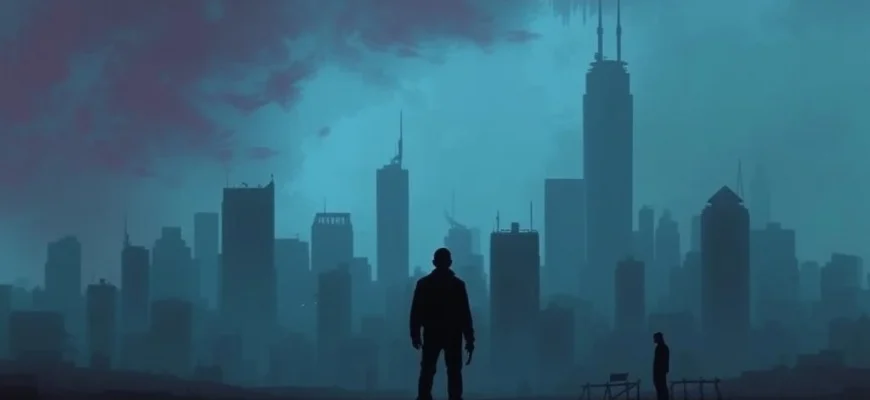If you're a fan of the surreal and enigmatic world of 'Mickey One' (1965), you'll love these 10 similar films and shows that capture its noir-inspired tension, existential themes, and avant-garde storytelling. Whether you're drawn to its psychological depth or its striking visual style, this list will guide you to more cinematic gems that echo its unique vibe.
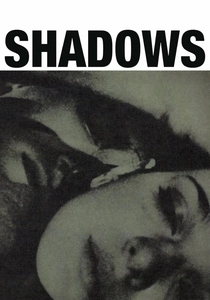
Shadows (1959)
Description: A raw and improvisational portrayal of urban life, focusing on themes of identity, race, and alienation. The film's loose, documentary-like style and jazz-infused soundtrack create a sense of spontaneity and emotional authenticity.
Fact: The film was largely improvised, with only a basic outline provided to the actors. It was shot on a shoestring budget with a handheld camera, giving it a gritty, realistic feel.
 Watch Now
Watch Now 
Breathless (1960)
Description: A groundbreaking film that captures the restless energy and existential angst of youth, with a fragmented narrative and innovative editing techniques. The protagonist's rebellious spirit and the film's urban setting reflect a sense of disillusionment and defiance.
Fact: The film's jump cuts were initially considered a mistake but became a defining feature of the French New Wave. It was shot on location in Paris with a minimal crew, adding to its spontaneous vibe.
 Watch Now
Watch Now 
The Manchurian Candidate (1962)
Description: A psychological thriller that delves into themes of brainwashing, political manipulation, and paranoia. The film's tense, claustrophobic atmosphere and surreal dream sequences heighten the sense of unease and unreality.
Fact: The film was pulled from circulation for over two decades due to its controversial subject matter. The famous 'Queen of Diamonds' scene was inspired by a real-life hypnosis demonstration.
 Watch Now
Watch Now 
The Trial (1962)
Description: A surreal and nightmarish exploration of paranoia and existential dread, featuring a protagonist trapped in an incomprehensible bureaucratic system. The film's stark black-and-white cinematography and disorienting narrative structure amplify the sense of alienation and psychological tension.
Fact: The film was shot in an abandoned railway station in Paris, which added to its eerie and claustrophobic atmosphere. Orson Welles considered it his best work, even surpassing 'Citizen Kane.'
 Watch Now
Watch Now 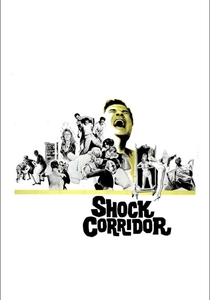
Shock Corridor (1963)
Description: A sensationalistic and surreal dive into madness, exploring themes of obsession, identity, and the blurred line between sanity and insanity. The film's exaggerated performances and stark black-and-white cinematography heighten its nightmarish quality.
Fact: The film was shot in just 10 days on a shoestring budget. It features real-life mental patients as extras, adding to its unsettling authenticity.
 Watch Now
Watch Now 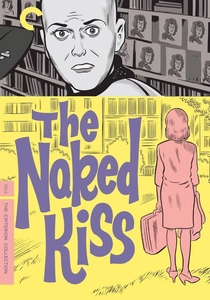
The Naked Kiss (1964)
Description: A lurid and provocative melodrama that tackles themes of corruption, redemption, and societal hypocrisy. The film's bold visual style and unflinching portrayal of taboo subjects create a sense of raw, emotional intensity.
Fact: The film's shocking opening scene, featuring a bald woman attacking a man, was shot in one take. It was initially dismissed as exploitation but is now regarded as a subversive masterpiece.
 Watch Now
Watch Now 
Alphaville (1965)
Description: A dystopian noir that blends science fiction with existential philosophy, exploring themes of control, identity, and the dehumanizing effects of technology. The film's stark visual style and cold, detached tone create a haunting and surreal atmosphere.
Fact: The film was shot entirely in real locations in Paris, with no special sets or effects, giving it a unique blend of futuristic and contemporary aesthetics. It was originally intended to be a low-budget quickie but became a cult classic.
 Watch Now
Watch Now 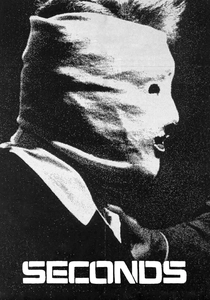
Seconds (1966)
Description: A chilling exploration of identity, conformity, and the dark side of the American Dream. The film's distorted cinematography and unsettling score create a pervasive sense of dread and disorientation.
Fact: The film's opening credits sequence, featuring a distorted face, was achieved using a fish-eye lens and is considered one of the most unsettling in cinema history. It was a box office failure but has since gained a cult following.
 Watch Now
Watch Now 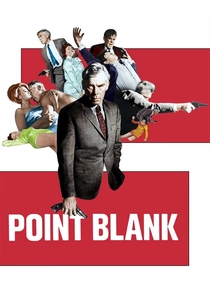
Point Blank (1967)
Description: A stylish and brutal crime film that uses fragmented storytelling and stark visuals to explore themes of betrayal, revenge, and existential emptiness. The protagonist's relentless pursuit and the film's cold, modernist aesthetic create a sense of alienation and inevitability.
Fact: The film's innovative editing and sound design were heavily influenced by European art cinema. It was shot on location in Los Angeles and San Francisco, giving it a gritty, urban realism.
 Watch Now
Watch Now 
The American Friend (1977)
Description: A moody and atmospheric thriller that explores themes of identity, morality, and existential dread. The film's muted color palette and slow, deliberate pacing create a sense of unease and ambiguity.
Fact: The film was shot in multiple countries, including Germany, France, and the U.S., giving it a transnational feel. It features cameos by directors Nicholas Ray and Samuel Fuller as actors.
 Watch Now
Watch Now 
